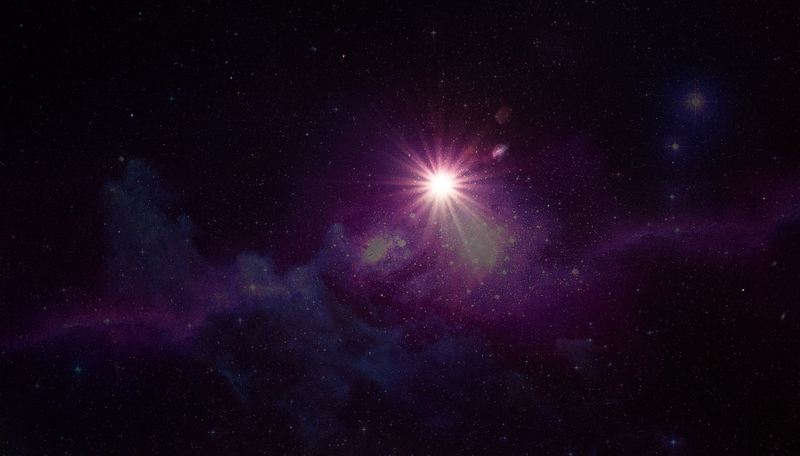
‘Christmas Star’ appears on December 21, 2020. It is in the news. Jupiter and Saturn will be the closest they’ve been in 800 years.
Yes, these two stars will align in a position known as the “great conjunction” – the point at which they are closest to each other in the night sky as seen from the earth.
Scientists say that this celestial show happens every 20 years. In 2020, however, the planets will be closer in alignment than they have been since 1623, and the last time humans were able to see a great conjunction this close was in 1226. Telescopes were not invented then.
Perhaps, this stargazing would be more delightful than any other, since a religious significance is attached to this conjunction, calling it a “Christmas Star”! And the ‘good news’ is that, if the skies are clear, you can view it from anywhere on the planet!
It is also said that after Dec 21, Jupiter and Saturn won’t be this close in the night sky until March 15, 2080. I believe you won’t want to miss the show this time around, would you?
Well, despite the scientific and religious laurels attached to this phenomenon, many questions pop up in the mind of a thinking believer. Is this really the “star” that appeared when Jesus was born?
Did “a particular star” appear or was it “a conjunction of two (or more!) stars” such as this one? How long would this starry phenomenon last – only on Dec 21 or longer? How long did that star of Bethlehem last?
We do acknowledge that finding answers to such questions is not as easy as asking them, as most of us have neither the knowledge and skill nor the sophistication to engage in studying the celestial phenomena.
However, even if we are left clueless for most part, quest and questioning remains a thinking believer’s forte. What does the Bible say about the star of Bethlehem?
Even a quick casual reading of the narrative of the wisemen who went to see baby Jesus (Matthew 2) would reveal the following:
- -The wise men came travelling quite a distance and “arrived” in Jerusalem (verse 1).
- -They saw the star before they began their journey (verse 2).
- Even if we assume that they came from a nearby place (the Greek noun for “east” in verse 9 simply means “rising” and thus indicating the “quarter where the sun rises”, understood as “east”; it does not necessarily indicate a far distant country!), their journey on the back of camels/donkeys would still have lasted a few days.
With additional time taken for King Herod’s enquiry with the wise-men and the research with scribes, this episode would have lasted anywhere between one to two weeks.
When they exited from the palace, they could still see the same star going before them (verse 9), which means this celestial phenomenon lasted several days!
The star led the wise men until they arrived in Bethlehem and stood over where the child was! This for sure was not the same night as when they first saw the star!
Our gleanings from the biblical narrative seem to greatly differ from the details put forward for the Jupiter-Saturn-conjunction in terms of its duration! This phenomenon, however, draws our attention to one quick question that’s worth pondering during this Advent season.
In a world of pandemic, turmoil, and persecution, what brings us hope? The celestial star? Or the heavenly Saviour to whom the star, and all creation, point to!
When the wisemen saw the star, they “rejoiced” (verse 10). They rejoiced not merely because they saw the star again as the kind of delight we have in stargazing!
In context, verse 10 is read in continuation with verse 9, and the Greek verb for “saw” indicates not just physical gazing, but a spiritual / experiential perception!
The wisemen “rejoiced exceedingly with great joy” because they found the Saviour whom the star was pointing to! And they perceived that He, the new born child who was the expected Messiah, was the only hope for the hurting world!
Where are we going to look this Christmas, for our hope?
Photo by An Min form PxHere